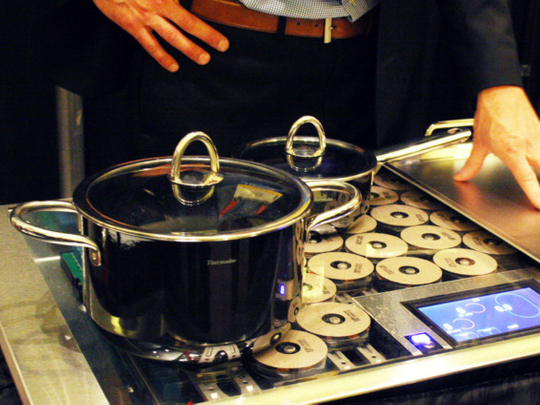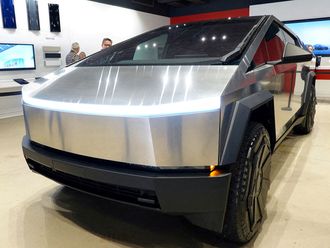
Technology has not only modernised home appliances, but also multiplied them manifold. An average kitchen that featured a kettle, toaster, blender, refrigerator and oven ten years ago now also has a coffee maker, food processor, microwave, freezer, sandwich maker, electric grill and exhaust hood. The washing machines of yore can be compartmentalised into washers, dryers and drying cabinets, while refrigerators come with as many compartments as can be counted.
In addition to the staggering numbers and variety, purchases are driven by need, taste, space, preference and aspiration. Several designers have lent their signature to appliances, making them coveted objects more than comforting ones. Some households arrange their kitchens by specific colour, while others invest only in superior brands. Besides, blending form and function does not come cheap. Classic examples are supersize stoves, popular as backyard barbecues but that can cost as much as a small car. Similarly, ordinary induction cooktops are popular for their safety features and superfast heating capabilities, but can cost twice as much as gas burners. This profusion of choices leaves the average consumer in confusion, with the unanswered question of what comes first: design or durability, innovation or indulgence, necessity or luxury? Manufacturers around the world are in the process of answering.
The kitchen rules
The battle between form and functionality is perhaps most evident in the kitchen, where appliances such as pot-bellied kettles, rotund coffee makers, formidable food processors and wide griddle pans jostle for space on the countertop. In response, British industrial designer Sir James Dyson has registered a most unusual patent. His team is working on making kettles, toasters, juicers and food processors in the shape of cuboids that can be slotted together as a single unit — with no space wastage.
Most people want a functional kitchen that also looks fab, but Australian firm Kleenmaid is taking it a tad further, with its concept of a F.F.A.B kitchen — the correct balance between form, function, and budget. Its new Elevator Oven, for instance, is concealed in a bench top and opens up with a button, while its gas cooktops have eliminated control knobs.
Thermador’s Freedom Induction Cooktop has the industry’s largest fully usable cooking surface and also its first colour touch screen, while Gaggenau’s FreeInduction Cooktop allows cooking anywhere on its 36-inch surface and shuts off automatically at preset times. The latest espresso machines from De’Longhi, Gaggia and Krups grind coffee beans, pump in water, and clean themselves out after use.
Intuitive features
In January, Panasonic launched its Breakfast Collection, a range of small kitchen appliances that defines new form and functionality. As an example, its sleek glass and steel NT-ZP1 Toaster has seven levels of browning, reheating and defrosting, ultra-wide bread slots and a built-in warming rack. American firm Dacor’s Microwave Style has an intuitive cooking feature based on the moisture level of food, and an auto start option that allows cooking at a preprogrammed time.
Swedish giant Asko Appliances AB’s Hidden Helpers is an integrated solution for the laundry room with a pull-out ironing board, pedestal drawer and sorting unit. Bosch’s self-cleaning Premier Sensor Secure steam iron safely shuts off when it is not held for more than ten seconds. Also in laundry care, Siemens’ new iQ 800 Master Class has an automatic detergent dosing system that measures and uses precise amounts for each load.
However, a merger comes with cautionary advice from experts: as more appliances enter the market, and more gizmos and widgets are built into them, it will be harder to repair them when something goes wrong.












